Photographs about the practices of taking pictures of the workers:
“The most horrible thing to do for photographers, in the context of the factory labs, was to take photos of people for the walls of honor. That was a crowd of hegemon that you needed to capture, and to produce the photos without delay” (Oleksandr Parkhomenko, oral interview, 2020).
“A man would come, with a huge red nose, as on the previous night he had a reason to celebrate. And you had to make a nice photo of him. Or, a woman having her first time of a studio photo. A modest machine operator gets scared of a camera, and keeps gawking.” (Oleksandr Lysenko, oral interview, 2021).


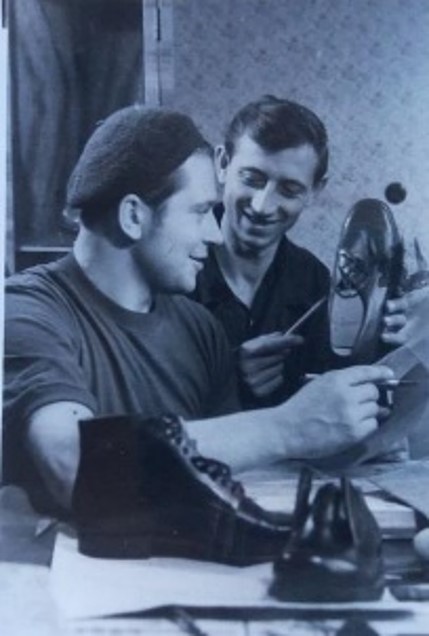
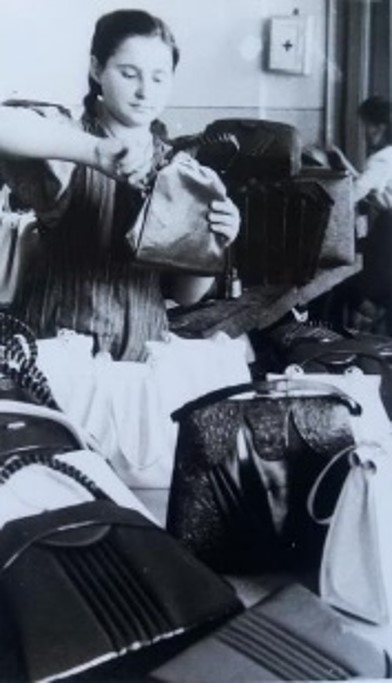

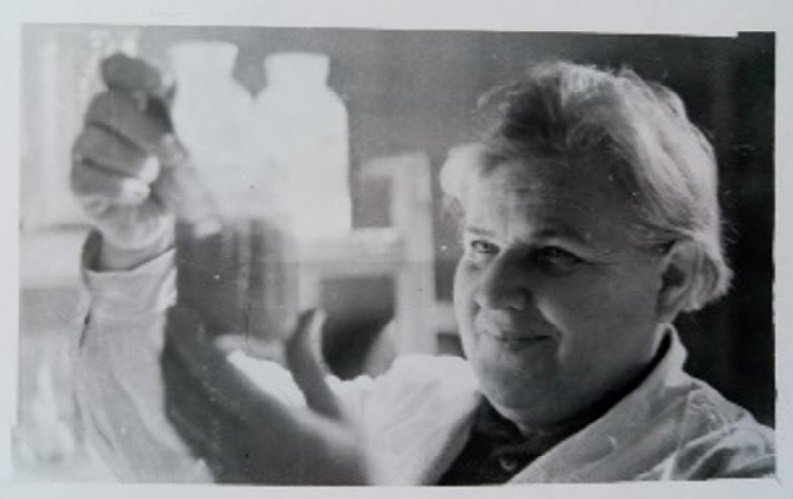

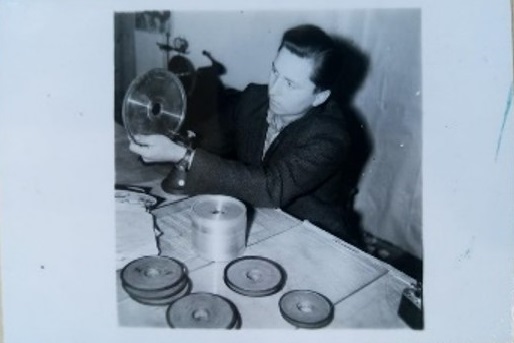

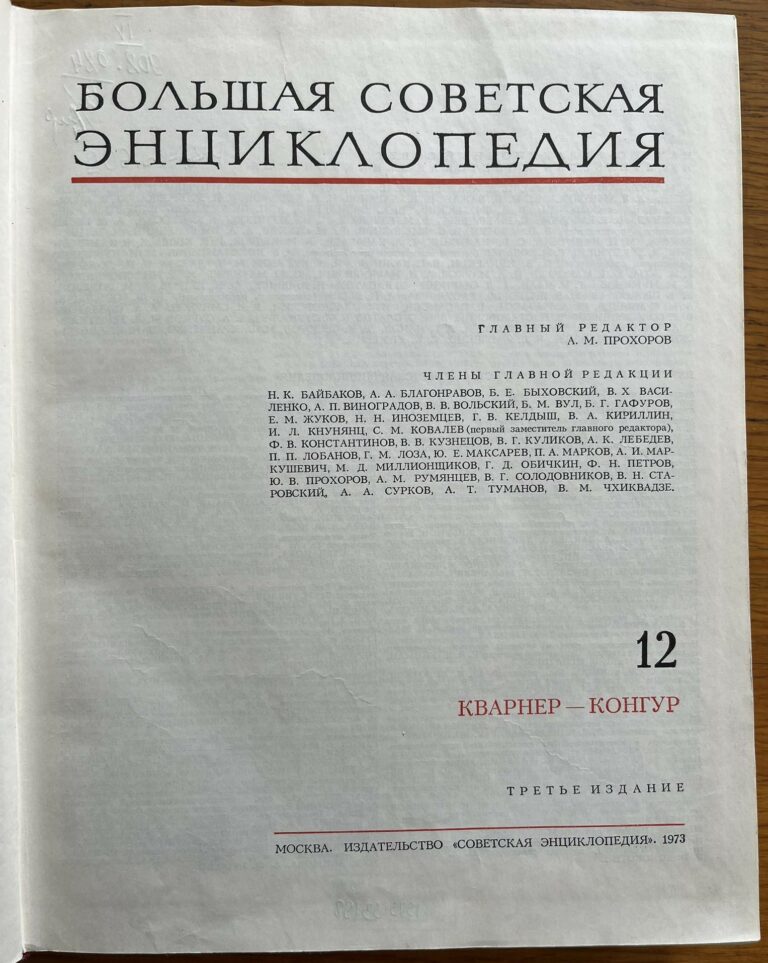
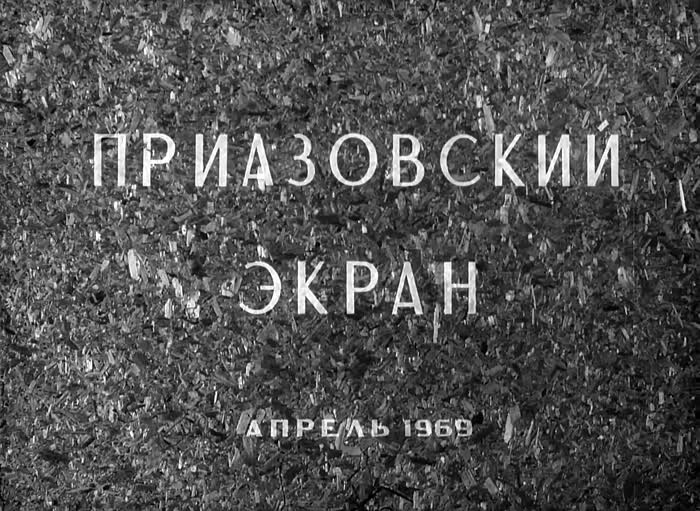
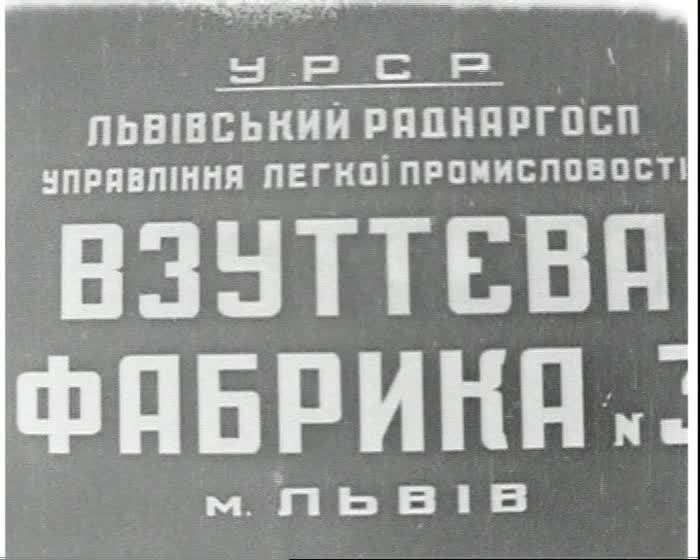

The photo is part of the collection of press photos from the State Archives of Lviv Region showing different economic areas: industry, agriculture, culture, and sports. The photo shows a worker of Lviv Confectionery Factory, T.M.Etinger. According to the accompanying inscription, she is “one of the best” workers, a labour veteran). She is captured at making a Kremlin’s Savior Tower. The nature of this photo and of the entire collection implies the genre of press photos that had to accompanied by a text (newspaper publication). The photo was meant to illustrate the message, to make it sound more convincing, to encourage and inspire the reading workers to accomplish more in their labour. In addition, it had to serve as a positive motivation and a reason to be proud for the people captured in the photos. Newspaper photographers were assigned by the editor who coordinated with the appropriate party organization (regional or district party committee) and had a list of enterprises or events that had to be covered in the coming newspaper issues. Upon arriving at the company, a photographer talked to a director, a trade union organization, and/or a party organization who suggested the candidates for such a photo. The author of this photo is not mentioned on the reverse. It shows an attitude to the profession of a photographer in the late Soviet decades, when formal and aesthetic experiments stayed in the past, and the profession was about mass production of same-type images.